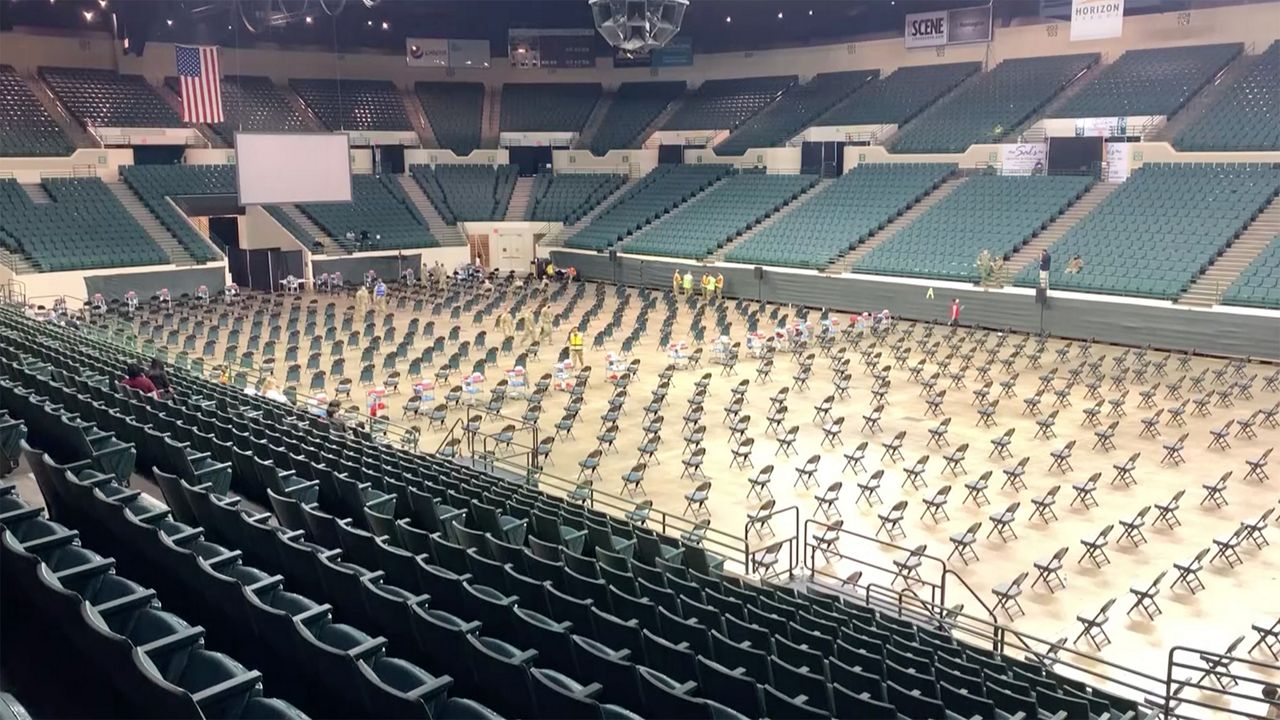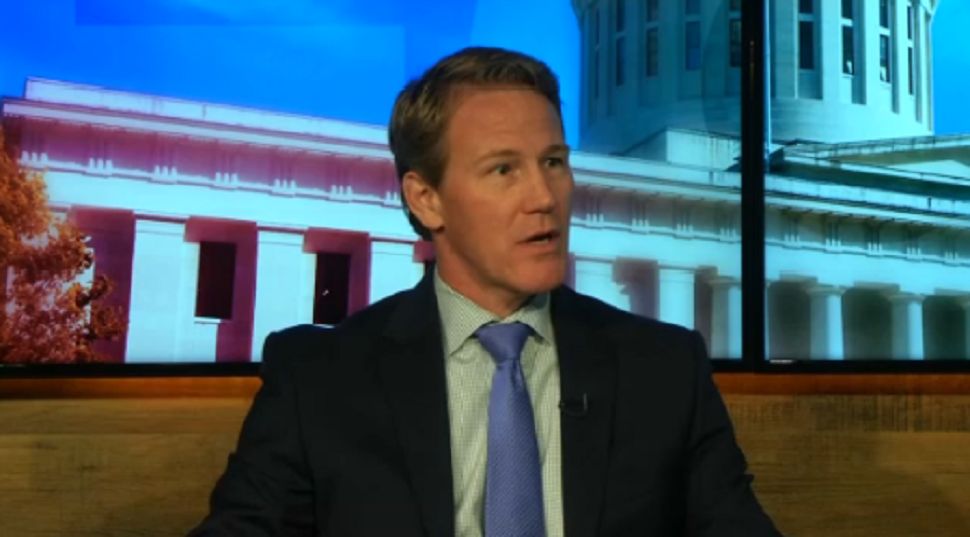COLUMBUS, Ohio — Gov. Mike DeWine offered his first hint Wednesday that he might break from a previously announced plan to end all health orders only when the state drops below a threshold of 50 virus cases per 100,000 residents for two weeks.
What You Need To Know
- Ohio reported 29,000 vaccinations Wednesday, representing a steep drop-off
- The state was vaccinating nearly 100,000 people on peak days in late March and early April
- State officials are considering a switch to vaccination metrics for ending health orders
COVID-19 vaccinations in Ohio have slowed significantly in the last two weeks, and the state is considering switching up its reopening plan to link ending health orders with a vaccination metric, DeWine said Wednesday.
“We were actually looking at that. We don't have anything to announce, but we are looking at that,” DeWine said Wednesday during a virtual news conference, commenting on Kentucky’s plan to lift restrictions when 2.5 million residents are vaccinated. “We're not ruling that out at all.”
The resurgence of the virus in Ohio that began in late March is now leveling off, officials said, as the state’s seven-day average COVID-19 cases dropped 14% in the last week.
"The good news is we're seeing what appears to be certainly a plateau in cases. We will feel better when it's really a defined downward direction,” DeWine said.
Ohio's counties ranked by highest occurrence. ⬇ pic.twitter.com/hFITahR94k
— Governor Mike DeWine (@GovMikeDeWine) April 21, 2021
On Wednesday, Ohio reported 1,243 patients were hospitalized with the virus, and DeWine said the virus is impacting the northern part of the state most aggressively as Michigan’s COVID-19 surge seeps into Ohio. Eight of the top 10 counties for COVID-19 cases per capita are in the northern part of Ohio.
The state reported just 29,000 first dose vaccinations on Wednesday, a disappointing drop from the early April pace when nearly 100,000 first doses were administered some days, DeWine said.
“We'd like to be looking at 60,000s and 70,000s instead of 20,000s,” he said. “We’re not where we want to be, not where we have been.”
A growing number of vaccine providers are declining new weekly shipments as more Ohioans have had the opportunity to get vaccinated, the governor said. As of Wednesday, 38% of residents have received a shot and 27.5% have completed vaccination.
The clinics declining more doses aren’t closing up shop, but they simply have enough doses leftover from the previous week to cover the full week ahead.
The governor said state officials are eager to hear from any primary care physicians or organization representatives who can help find willing populations to take the state's growing number of available vaccine doses.
“Anybody who thinks that they have a unique ability to reach people who have not been reached yet, we want to supply you with the vaccine to do that,” DeWine said.
Ohio providers are trying get the state’s numbers up with a push to vaccinate young people, including high school students 16 and older. As of Wednesday, 18.6% of 16 and 17-year-olds have now received a Pfizer dose, DeWine said. The Moderna vaccine is not currently authorized for 16 and 17-year-olds.

The federally supported mass vaccination site at Cleveland State University will administer Pfizer vaccines next week and might remain open for first doses for two more weeks after that.
In its sixth week of operations, the site has administered about 200,000 doses and continues to average about 6,000 shots per day, among the highest numbers in the state. But plans for the site to administer Johnson & Johnson shots for the final weeks of the clinic were impacted by the pause of the adenovirus vaccine for blood clot investigations.
Under the adjusted plans, the clinic will make Pfizer appointments available for the seventh week and DeWine said he hopes to be able to keep it going into May.
“We're still lining people up. We're still lining volunteers up — a lot of moving parts here,” he said.
Ohio’s Chief Medical Officer Dr. Bruce Vanderhoff said vaccinated residents can safely enjoy a more normal way of life while warning that it’s a very dangerous time in Ohio for everyone else due to the rapid spread of variants.
“The pandemic is quickly evolving into a tale of two groups of Ohioans. On the one hand, we have the vaccinated Ohioans who are very well protected against this virus, and much less likely to spread to other people. Their situation is very good. But that very good situation for the vaccinated contrasts sharply with that of the unvaccinated,” Vanderhoff said.
In the last week, Centers for Disease Control and Prevent researchers reported 163 Ohio cases of the B.1.1.7 variant discovered in the U.K., while a Cleveland Clinic lab reported 100 Ohio cases, according to the global database for tracking mutations.
Vanderhoff said as the variant spreads, even young people are at higher risk.
“Unvaccinated Ohioans simply lack the same protection against the virus, which is now, as you noted, more contagious and able to put younger people at much greater risk, including the risk of ending up in the hospital,” he said.
Citing upward trends in the share of hospitalizations coming from young demographics, Vanderhoff said Ohio’s youth needs to be very careful to protect themselves and their families.
“Until we get a lot more vaccines in people's arms, the unvaccinated are quite simply playing a COVID lottery, and it's a lottery whose consequences are pretty stark,” Vanderhoff said.







